So my kid had a vertebra removed. (CW: surgery)
Let me back up. I am a long-time medical history nerd; I wrote a whole book that touched on medieval medical education and midwifery, and (as one does) I left 90% of my research on the cutting room floor. My favorite factoid–which did make it into the book–is that around 1200 or so the European medical establishment came up with a new way to treat a broken leg: a splint to help the bone heal in its proper alignment. Because up to that point the treatment was to bend the leg so that the heel touched the buttock and tie it in that position, essentially self-splinting. Of course, once the bone healed, the leg was, if not useless, badly malformed. Splinting seems like a simple fix–but of course, it was controversial at the time.
So was hand-washing, when it comes to that. When Ignaz Semmelweis discovered that the incidence of maternal death in puerperal fever post-childbirth could be reduced from almost 20% to 2% by the simple expedient of antiseptic procedure–hand-washing using chlorinated line solution, he was attacked by the medical establishment. As near as I can tell, they were insulted by the notion that they might be infecting their patients–even if they were coming directly from treating a septic wound to delivering a baby. Semmelweis couldn’t explain the mechanism of infection–it wasn’t until after his death that Louis Pasteur confirmed the germ theory and Joseph Lister popularized antiseptic procedure. Poor Ignaz had a breakdown (or was said to have had one by the colleagues who had him institutionalized) and he died of gangrene from a wound he got at the asylum.
That was 166 years ago. There was no question about hand-washing or germ theory at the hospital where the kid was treated. And there was a whole lot of stuff that seemed miraculous to my eyes. Over the course of just-a-titch over 11 hours, the neurosurgeon went in, took out the offending vertebra, put in a bone graft taken from a rib, wrapped the whole thing in a “cage” around which new bone will grow, and fused the new graft to two vertebrae on either side. The fact that they can do this at all takes my breath away (as the kid’s husband put it, “to us, it’s a miracle, but to the doctor it’s Thursday”). There are the small patient-comfort things that they do which can have an outsized effect on patient outcome–the drapes or garments that fill with warmed air to keep the patient warm during the surgery, for one, and all the monitoring to make sure that nothing in the rest of the body is slipping sideways while the surgeon was doing his work. I cannot even number all the things the anesthesiologist was tracking.
And then there’s this: nerve conduction monitoring. When you’re putting screws into vertebrae, you don’t want to get too close to the myriad nerves that run through the spinal column. Bad Things Could Happen. So they wired the kid to monitor nerve conduction in all her limbs, but especially in the legs and feet. And the monitoring was done by attendants in Idaho. Which doesn’t inspire awe until you learn that the surgery was taking place in California. Rather than fill up the operating room with extra bodies keeping track of nerve conduction, it’s easier and less costly and more effective to do it virtually. And by Jove, she came through with all the nerves and sensation intact.
As near as I can tell from a quick Google, vertebral corpectomy (removing a vertebra) has been around since the 1950s. I suspect that it was not, at the time, the routine high-success-rate procedure it is now. For nearly 70 years they’ve been refining the process and the tools, getting it closer to right, just in time for my daughter to need it. There’s a lot about medicine as it is practiced in this country that needs work. But all this week I’ve had this running through my head:
These are the days of miracle and wonder…
Medicine is magical and magical is artThink of the boy in the bubbleAnd the baby with the baboon heart
–Paul Simon, The Boy in the Bubble
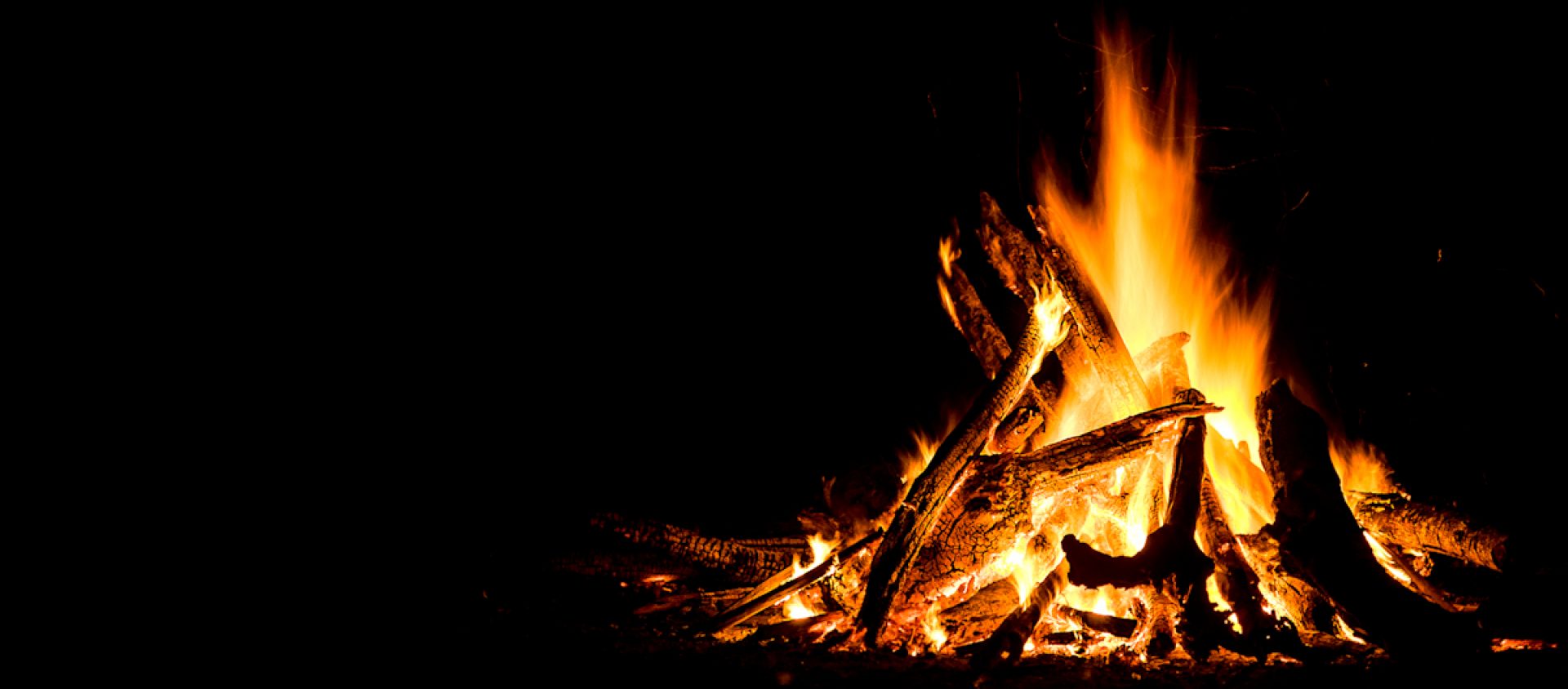
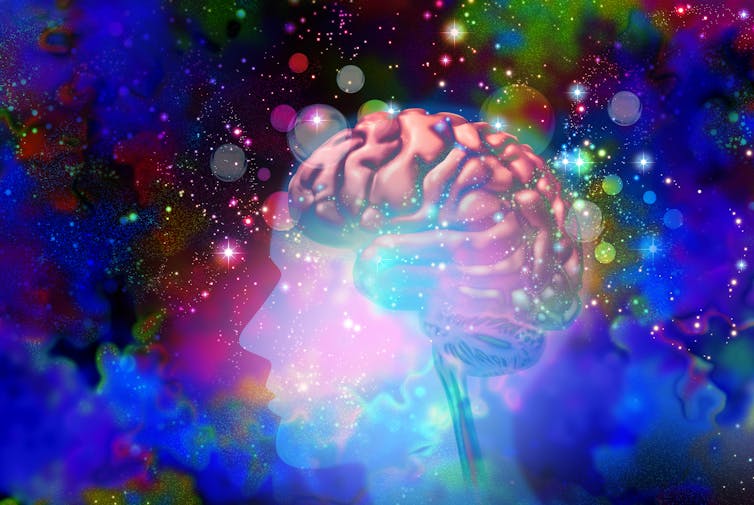
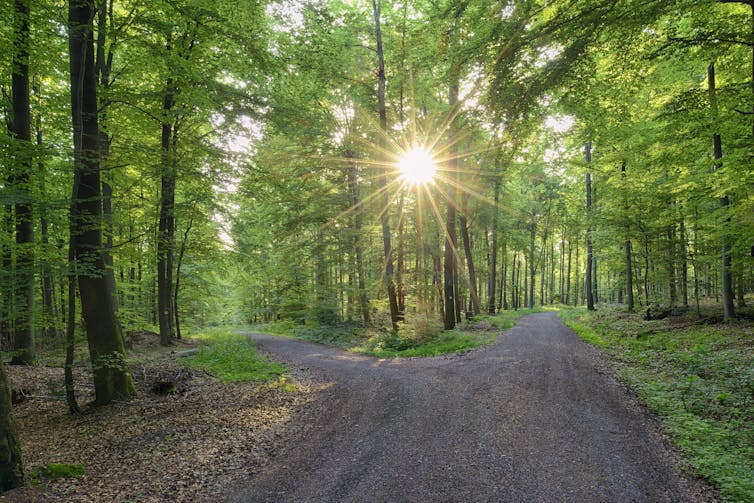
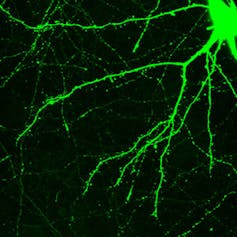
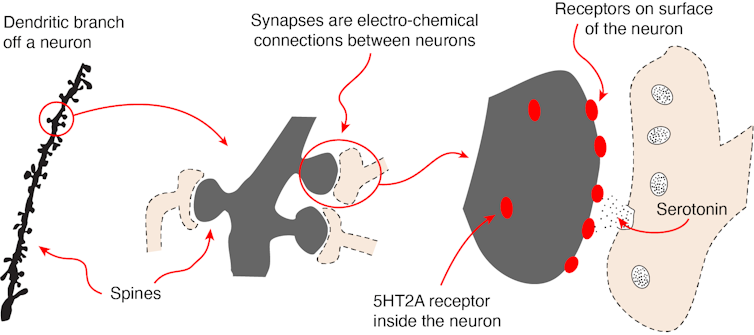
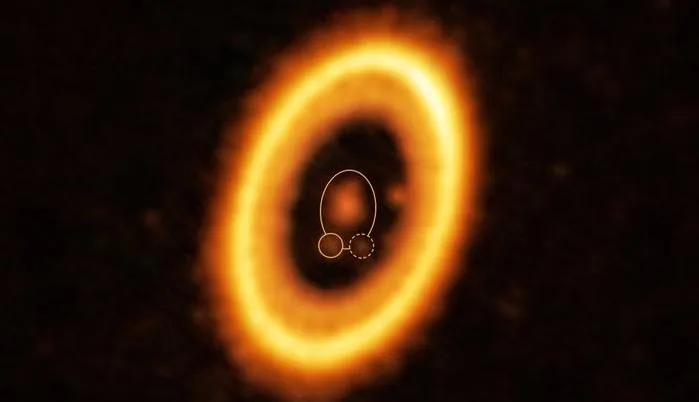
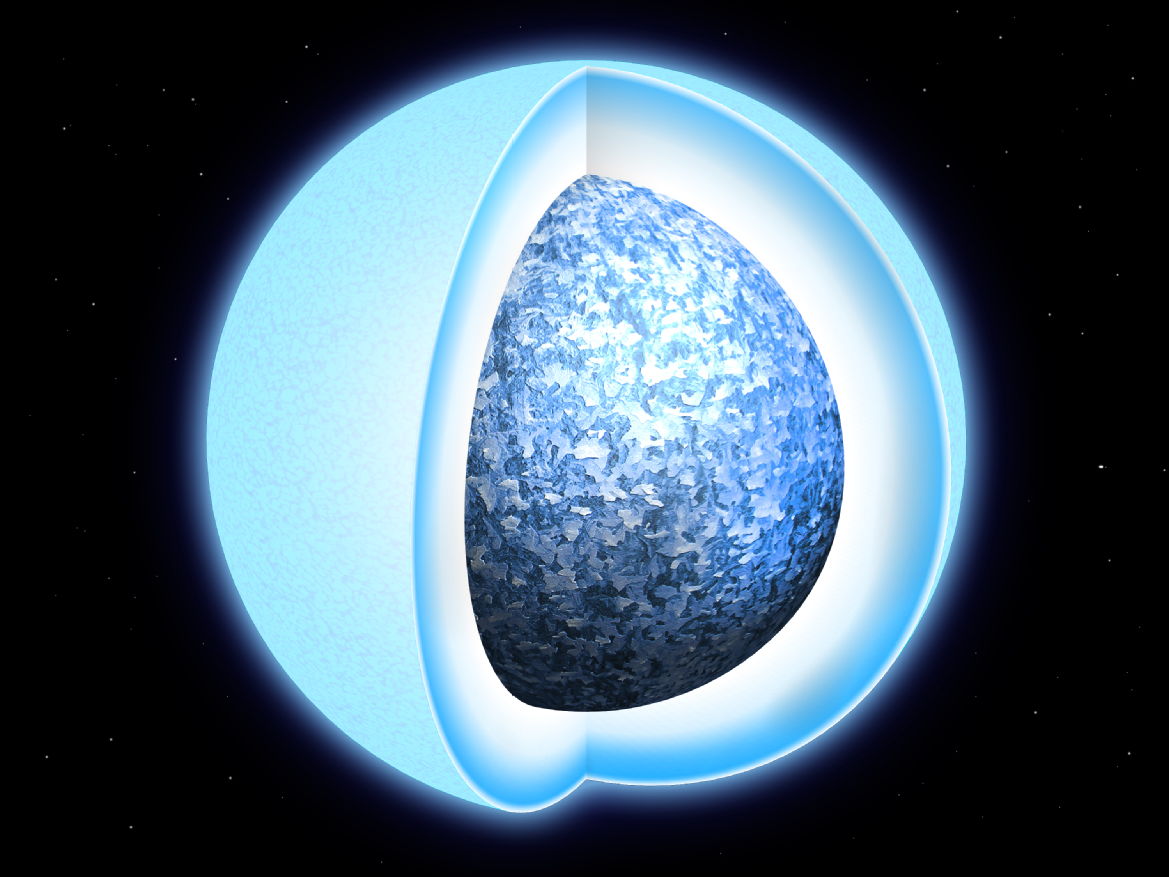
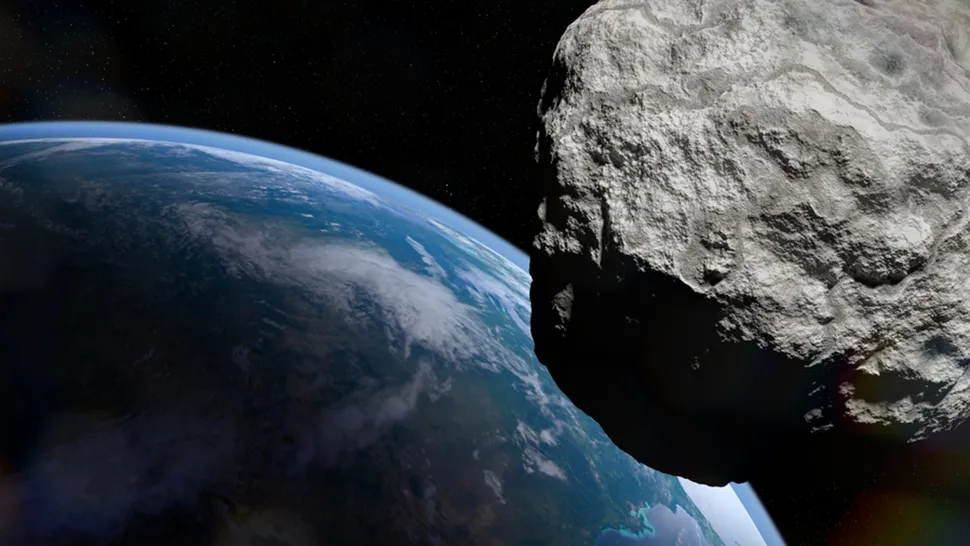
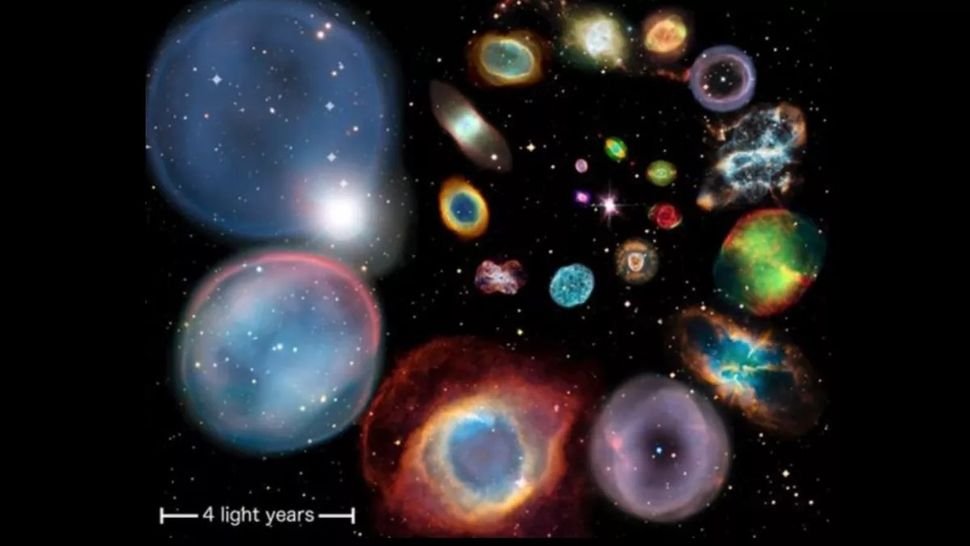
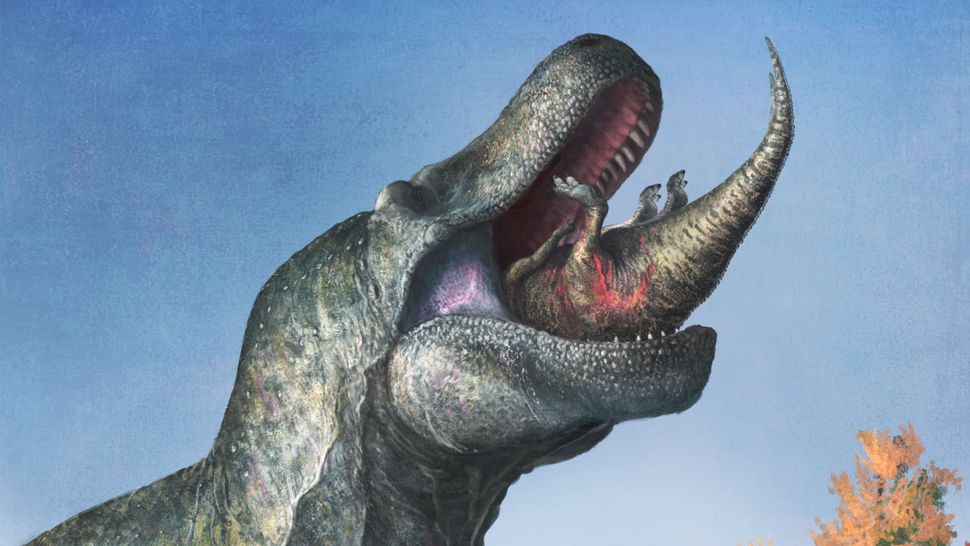
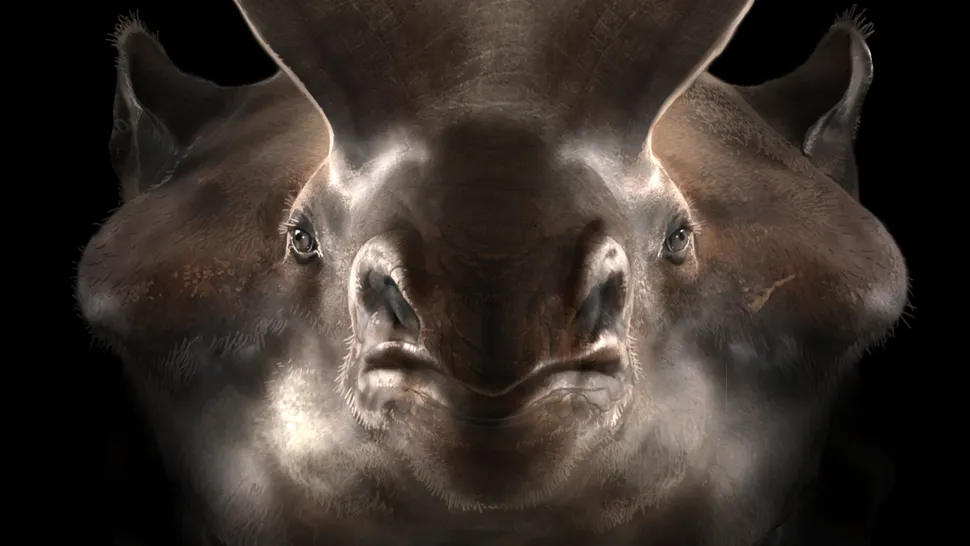



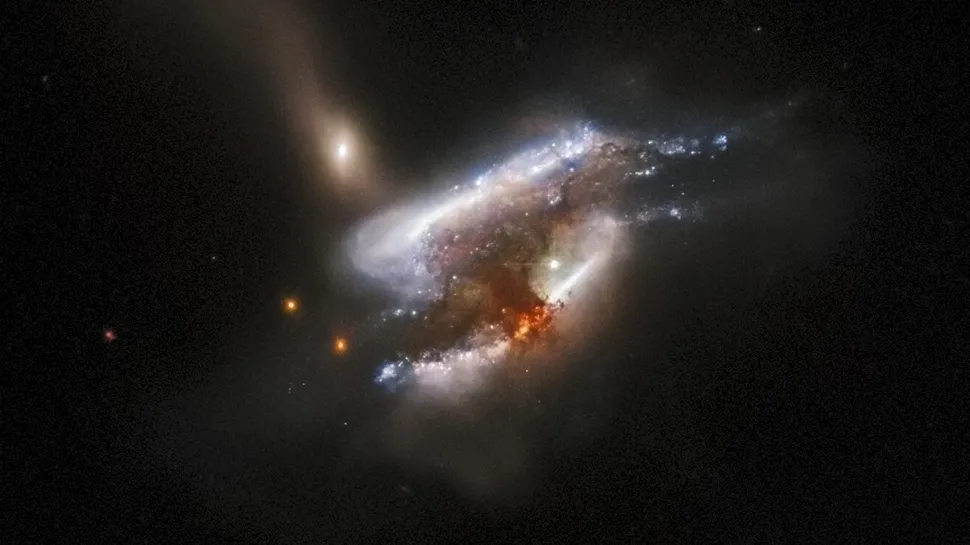
 Jupiter and Saturn, but Voyager 2 continued on to Uranus and Neptune. They’re both now outside the solar system, sending back data about the regions of space they’re exploring.
Jupiter and Saturn, but Voyager 2 continued on to Uranus and Neptune. They’re both now outside the solar system, sending back data about the regions of space they’re exploring.


